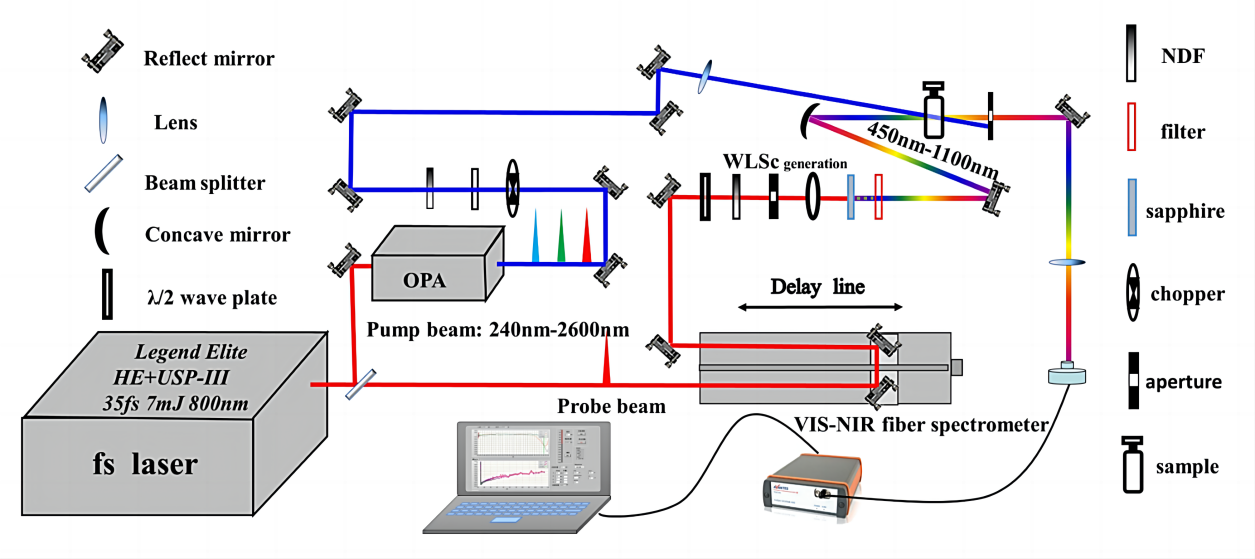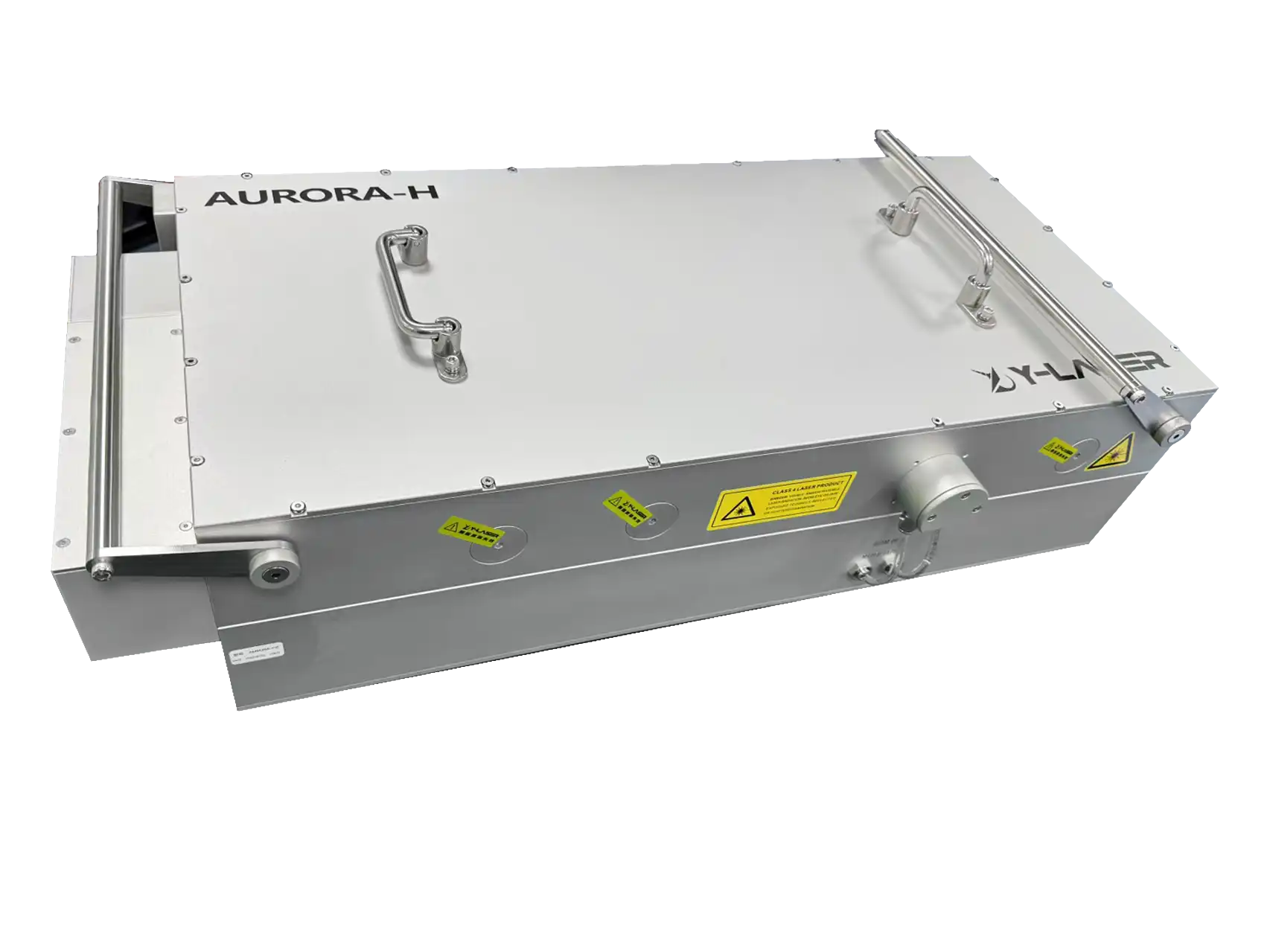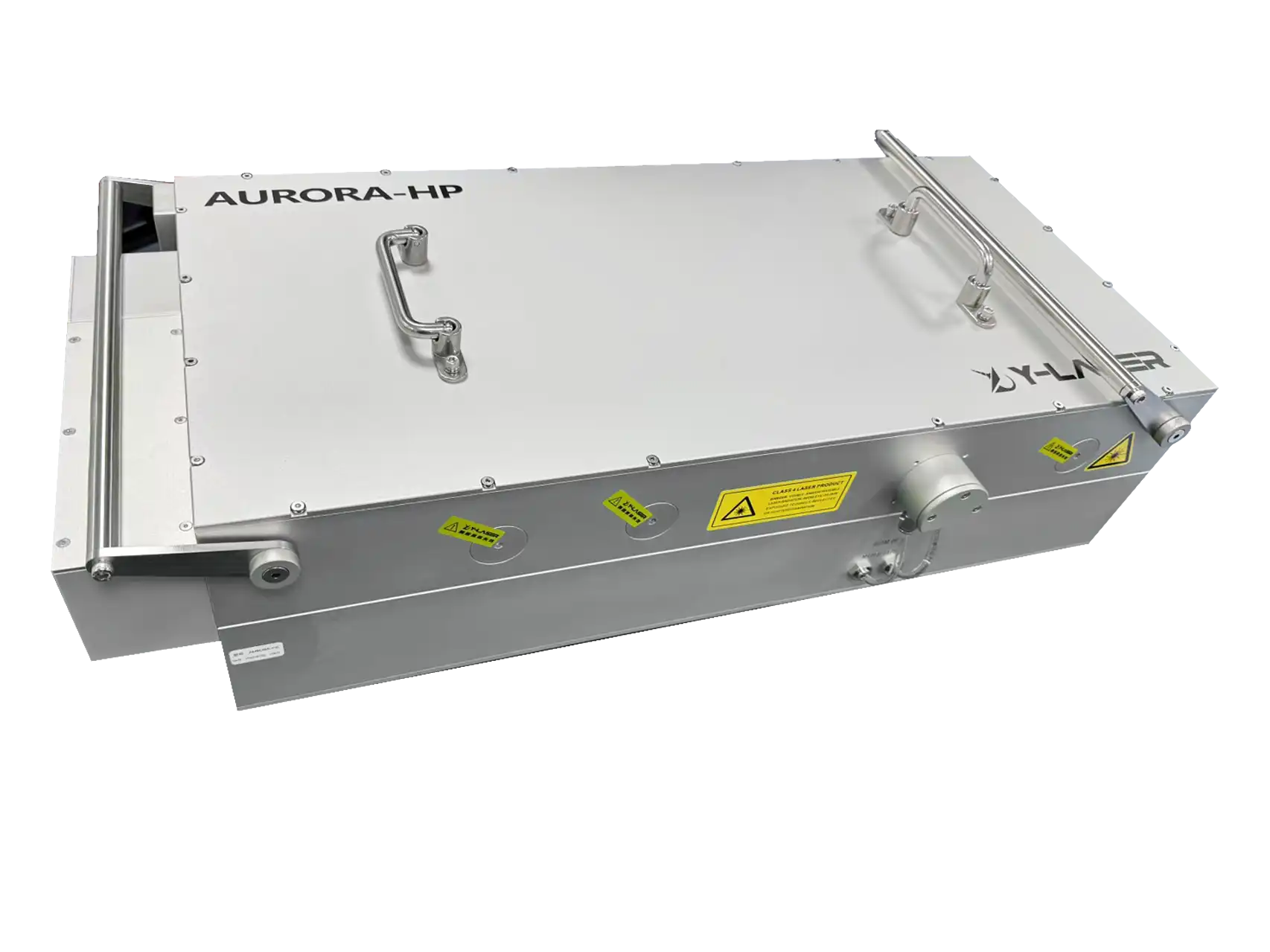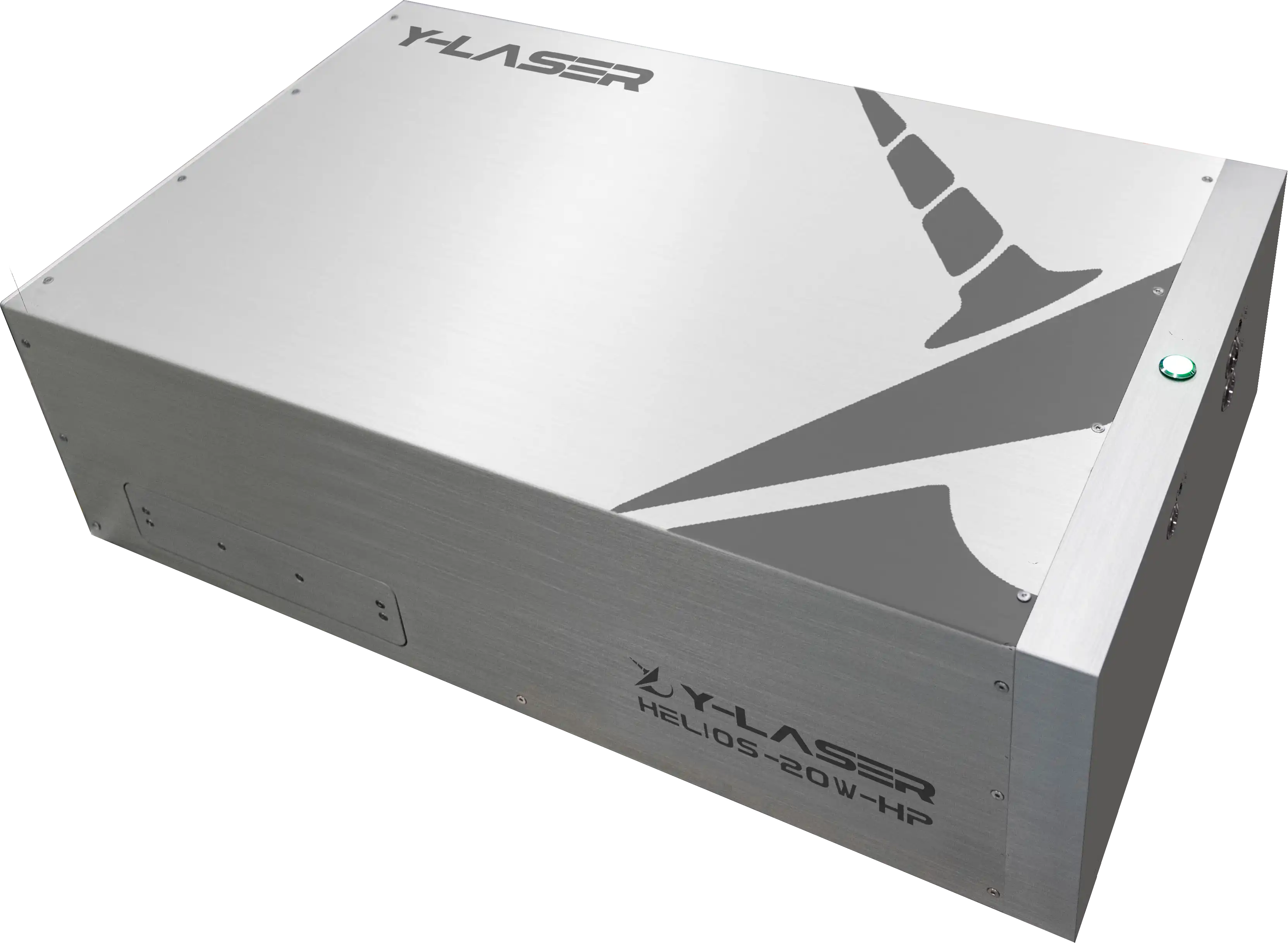Transient Absorption Spectroscopy (TAS) is a time-resolved absorption spectroscopy technique that utilizes ultrafast laser pulses. It provides information on molecular structures and dynamic changes on an ultrafast timescale (picosecond to femtosecond level), including the evolution of electronic, vibrational, and spin states after photoexcitation, as well as processes such as chemical reactions, energy transfer, and photosynthesis.
In TAS experiments, the sample is first excited by a femtosecond laser pulse, generating transient species. Subsequently, another beam of light (probe light) is used to measure the absorption spectrum of the sample after excitation. By varying the time delay between the excitation and probe light, the process of the sample returning from the excited state to the ground state can be recorded. TAS provides information on the absorption characteristics of molecules in the excited state, including excited state lifetimes, formation and decay of intermediates, and energy transfer processes.
TAS has a wide range of applications and can be used in materials science, biomedical research, chemistry, and other fields. In materials science, TAS can be used to study the electronic structure, photophysical properties, and photocatalysis of materials. In biomedical research, TAS can be used to study the structure and dynamic changes of biomolecules and the mechanisms of drug action. In chemistry, TAS can be used to study the kinetics of chemical reactions, particularly photoinduced chemical processes and catalytic mechanisms.
The ultrashort pulses generated by femtosecond lasers allow for precise transient excitation of samples, which is crucial for capturing ultrafast dynamic processes. The use of femtosecond lasers significantly enhances the time resolution of TAS, enabling the observation of rapid processes occurring on the femtosecond to picosecond timescale.

Optical Path of a Typical Femtosecond Transient Absorption Spectroscopy System
The transient absorption spectroscopy setup involves splitting the laser output from a femtosecond laser amplifier. One stronger beam is passed through an optical parametric amplifier to generate pump light with tunable wavelengths in the ultraviolet-infrared range. Another weaker femtosecond laser beam is focused by a concave mirror onto a crystal (CaF2, Sapphire, or YAG) to produce supercontinuum white light as the probe light through nonlinear processes such as self-phase modulation. The pump light, after passing through an optical delay stage that controls the time delay, coincides with the probe light at the sample. The supercontinuum white light is then coupled into a fiber spectrometer for spectral detection. For each time relaxation cycle, the intensity of the probe pulse is recorded both with and without the presence of the pump pulse. During this process (differential absorption spectroscopy), the change in absorbance ΔA(λ,t) is recorded, allowing for the evaluation of signals related to excited states and photoinduced species formation.
Required components: Femtosecond laser source, optical parametric amplifier (OPA), chopper, mirrors, lenses, half-wave plate, beam splitter, attenuator, parabolic mirror, delay line, spectrometer.
References:
(1)R. Berera et al. "Ultrafast transient absorption spectroscopy: principles and application to photosynthetic systems." Photosynthesis Research, 101 (2009): 105 - 118. https://doi.org/10.1007/s11120-009-9454-y.
(2)C. Chuang et al. "Contribution of Femtosecond Laser Spectroscopy to the Development of Advanced Optoelectronic Nanomaterials.." The journal of physical chemistry letters, 3 14 (2012): 1921-7 . https://doi.org/10.1021/jz300299r.
(3)F. Gesuele et al. "Ultrafast Hyperspectral Transient Absorption Spectroscopy: Application to Single Layer Graphene." Photonics (2019). https://doi.org/10.3390/photonics6030095.
(4)Xiaoyu Li et al. "Tunable nonlinear absorption effect and carrier dynamics of perovskite quantum dots." Optical Materials Express, 11 (2021): 569-574. https://doi.org/10.1364/OME.412189.
(5)A. Britz et al. "Carrier-specific dynamics in 2H-MoTe2 observed by femtosecond soft x-ray absorption spectroscopy using an x-ray free-electron laser." Structural Dynamics, 8 (2021). https://doi.org/10.1063/4.0000048.

 AI Assistant
AI Assistant


